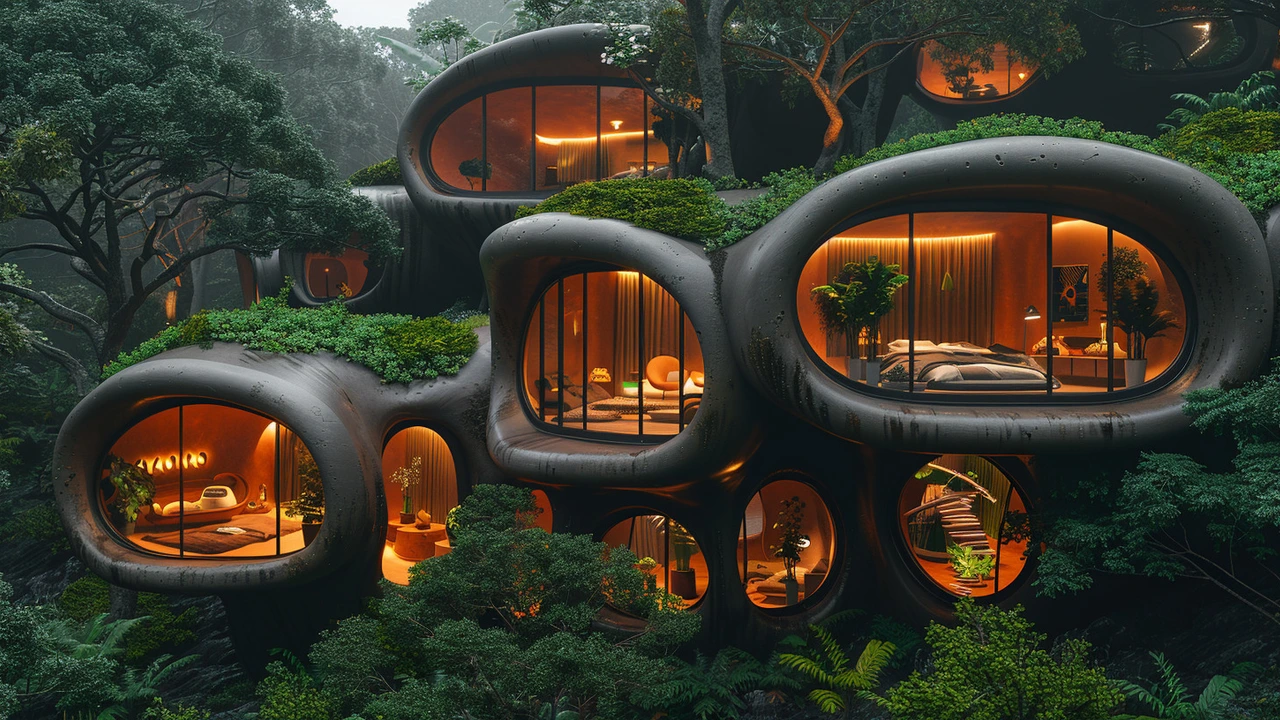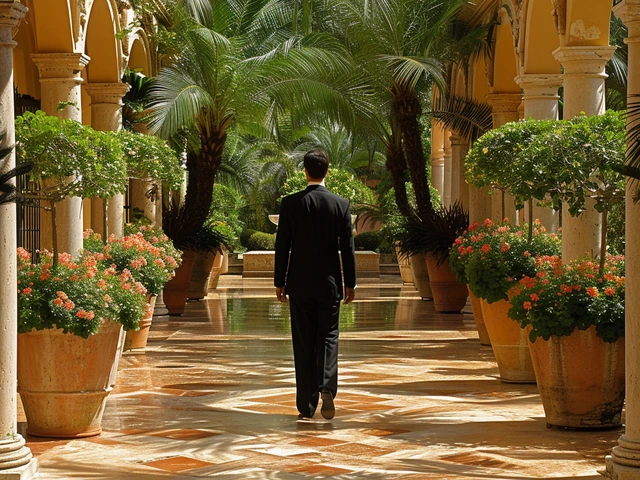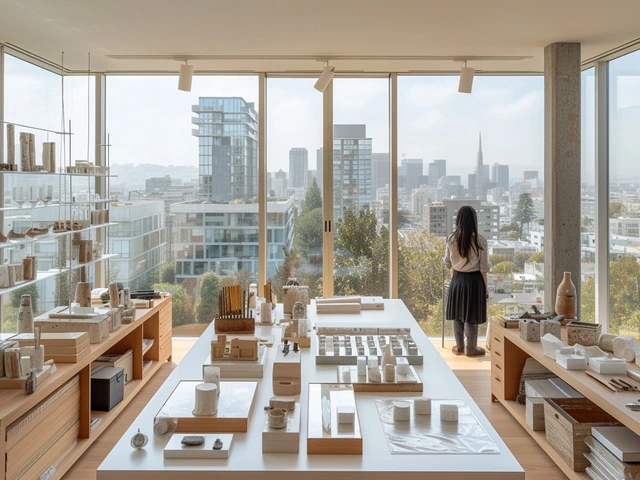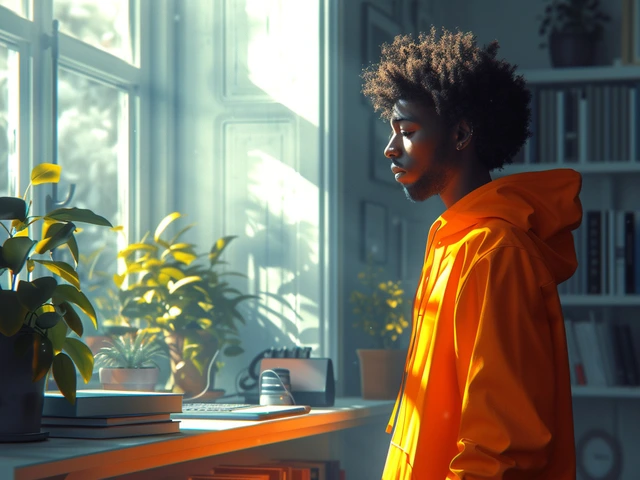Revolutionizing Home and Living Spaces
As the world leans towards sustainability, the essence of our living spaces is evolving, boldly intertwining innovation with environmental consciousness. Architects and designers are now proposing dynamic shifts from traditional construction materials to more sustainable alternatives like bamboo, recycled plastics, and reclaimed wood. Not just a trend, these materials are celebrated for their durability and lower environmental impact. The drive towards energy-efficient homes has escalated, with solar panels becoming ubiquitous fixtures. These aren't just any solar panels; today's versions are highly efficient, sometimes even beautifully integrated into roof designs as solar shingles. Home automation systems play a crucial role in sustainable living, optimizing everything from lighting to heating, ensuring that energy use is strictly according to need.
Indoor air quality is another crucial aspect of sustainable homes. The use of smart gardens that integrate hydroponics technology ensures that indoor spaces remain airy and fresh, naturally purifying the air with minimal energy use. Window placements are being calculated to maximize natural light, thus reducing dependency on artificial lighting, which not only saves energy but also enhances well-being by syncing with natural human circadian rhythms.
Water reclamation systems that filter and reuse greywater for gardening and toilet flushing are becoming standard in new eco-homes. These systems can significantly reduce the demand for potable water, one of our most precious resources, thereby safeguarding it for essential uses. Innovations don't stop at water; sustainable living also pushes the envelope with cutting-edge waste management systems that integrate technologies to decompose organic waste at a much faster rate than traditional methods.
Advancements in Eco-Friendly Technology
The technological leap forward in the sustainability sector is nothing short of impressive. Electric vehicles (EVs) and their charging infrastructure continue to advance, encouraging more people to switch from gasoline-powered cars. The network of charging stations has grown, with some now offering ultra-fast charging capabilities that can power up a vehicle in roughly the same time it takes to fill a gas tank. Beyond vehicles, technology is steering the development of smarter and more efficient public transport systems that aim to reduce urban congestion and pollution.
In the realm of personal devices, biodegradable materials and energy-efficient components are setting new standards. From smartphones made with responsibly mined minerals or recycled materials to laptops that consume less energy, the digital devices of tomorrow promise to minimize ecological footprints without compromising functionality. Eco-friendly packaging, often seen as a minor component, plays a crucial role in the technology sector by reducing the waste associated with product distribution.
The rise of smart cities incorporates a multitude of these technological advancements. Using sensors and AI, smart cities can optimize everything from traffic lights to energy use in public buildings, making urban living more sustainable. Awareness and data-driven insights provided by IoT devices not only enhance efficiency but also ensure that cities keep evolving with their inhabitants' needs while minimizing environmental impacts.
Lifestyle Shifts: Embracing Minimalism and Efficient Consumption
The cultural shift towards minimalism is profoundly linked to sustainable living. This lifestyle advocates for less material possession and more quality in the usage of the items we own. It promotes longer-lasting goods and supports practices like repurposing and recycling, which directly contribute to reducing consumer waste. Fashion and retail are leading by example, with a surge in popularity for thrift stores and sustainable brands that prioritize longevity over fast, disposable trends.
Food consumption trends are also witnessing a revolution, with an increased demand for locally sourced and organic products. This not only supports local farmers but also reduces the carbon footprint associated with long-distance food transportation. Community gardens and urban farming are becoming integral parts of modern cities, enabling residents to grow their own food, thus ensuring freshness and reducing the need for packaged goods.
The transition to sustainable living is not just about adopting new technologies or making grand lifestyle changes; it’s also about small, everyday actions that add up to a significant environmental impact. Opting for digital receipts over paper, using multi-use fabric shopping bags, and choosing energy-efficient appliances are simple yet effective ways to contribute to a healthier planet. By integrating these habits into our daily routines, we forge a path towards a more sustainable, economically viable, and socially responsible world.



